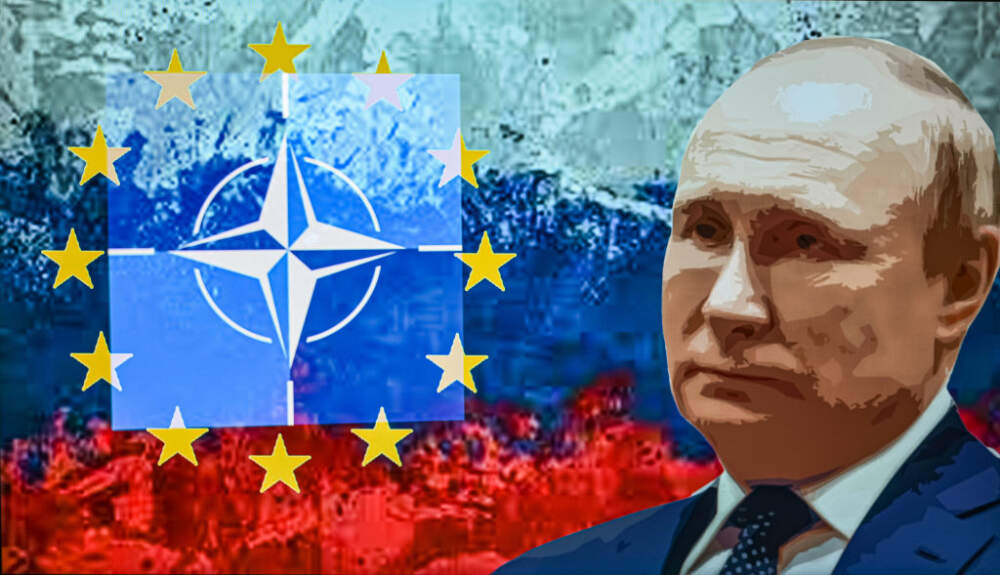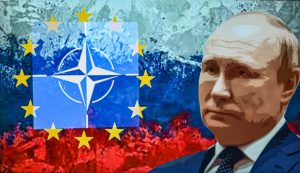- 4 June 2024
- 29
Diminishing Impact: Russia’s Waning Nuclear Threats

Russia’s historical status as a nuclear powerhouse has long cast a shadow over global geopolitics. With an extensive arsenal and a reputation for assertive rhetoric, Moscow’s nuclear threats have been a staple of international relations for decades. However, recent developments suggest a shifting landscape, wherein Russia’s nuclear posturing may be losing its potency. This article explores the factors contributing to the diminishing impact of Russia’s nuclear threats, analyzing changes in both military capability and diplomatic strategy.
The Evolution of Russia’s Nuclear Doctrine

In the aftermath of the Cold War, Russia inherited the Soviet Union’s formidable nuclear arsenal. Throughout the 1990s and early 2000s, the rhetoric surrounding these weapons remained assertive, with Russia often leveraging its nuclear capabilities as a tool for strategic influence. However, as the global security environment evolved, so too did Russia’s nuclear doctrine. The emphasis shifted from large-scale deterrence to a more nuanced approach, incorporating concepts such as “escalation dominance” and “de-escalation.”
Analysis of Military Capability
While Russia’s nuclear arsenal remains sizable, it faces challenges in terms of modernization and reliability. Years of underinvestment have taken their toll, with many of Russia’s nuclear delivery systems aging and in need of replacement. Additionally, advances in missile defense technology have raised doubts about the efficacy of Russia’s deterrent posture. Moreover, the emergence of cyber warfare as a potent tool of conflict introduces new vulnerabilities to Russia’s nuclear infrastructure.
Challenges and Opportunities Ahead
Looking forward, Russia faces both challenges and opportunities in navigating the shifting landscape of nuclear geopolitics. On one hand, the need for modernization presents an opportunity for Russia to bolster its nuclear capabilities and address vulnerabilities in its deterrent posture. Investments in next-generation delivery systems and cyber defenses could enhance Russia’s credibility as a nuclear power. Moreover, diplomatic engagement offers avenues for Russia to rebuild trust and cooperation with other nuclear states, fostering a more stable and predictable security environment.
The Path to Nuclear Stability
Ultimately, the path to nuclear stability lies in a combination of military deterrence and diplomatic dialogue. Russia must balance the need to assert its strategic interests with the imperative of avoiding escalation and conflict. By investing in modernization while demonstrating a commitment to arms control and non-proliferation, Russia can help pave the way for a safer and more secure world. However, the success of these efforts will depend on Russia’s ability to adapt to evolving threats and engage constructively with its international partners. Only through collective action and cooperation can the specter of nuclear conflict be truly mitigated, ensuring a future where the power of Russia’s nuclear threats is tempered by the imperative of global security.
Diplomatic Considerations
Beyond military capability, Russia’s nuclear threats are losing power due to shifting diplomatic dynamics. The international community has become increasingly adept at managing nuclear proliferation concerns through multilateral agreements and diplomatic engagement. The New START treaty, for example, places constraints on both American and Russian nuclear arsenals, signaling a commitment to arms control and reduction. Furthermore, Russia’s aggressive behavior in other domains, such as cyber warfare and disinformation campaigns, has eroded its credibility as a responsible nuclear actor.
Comparative Analysis
To better understand the evolving nature of Russia’s nuclear threats, a comparative analysis is warranted. Table 1 highlights key metrics related to Russia’s nuclear capabilities, including warhead stockpiles, delivery systems, and defense expenditures. Table 2 juxtaposes Russia’s nuclear posture with that of other major nuclear powers, such as the United States and China, providing insights into relative strengths and weaknesses.
Conclusion
In conclusion, Russia’s nuclear threats are experiencing a decline in their power and influence on the global stage. While the country maintains a formidable arsenal, challenges related to modernization and diplomatic credibility undermine its ability to leverage nuclear weapons as a tool of coercion. As the international community continues to prioritize arms control and non-proliferation efforts, Russia may find itself increasingly marginalized in nuclear discourse. However, the enduring specter of nuclear conflict underscores the importance of continued vigilance and diplomatic engagement to ensure a secure and stable future for all nations.

